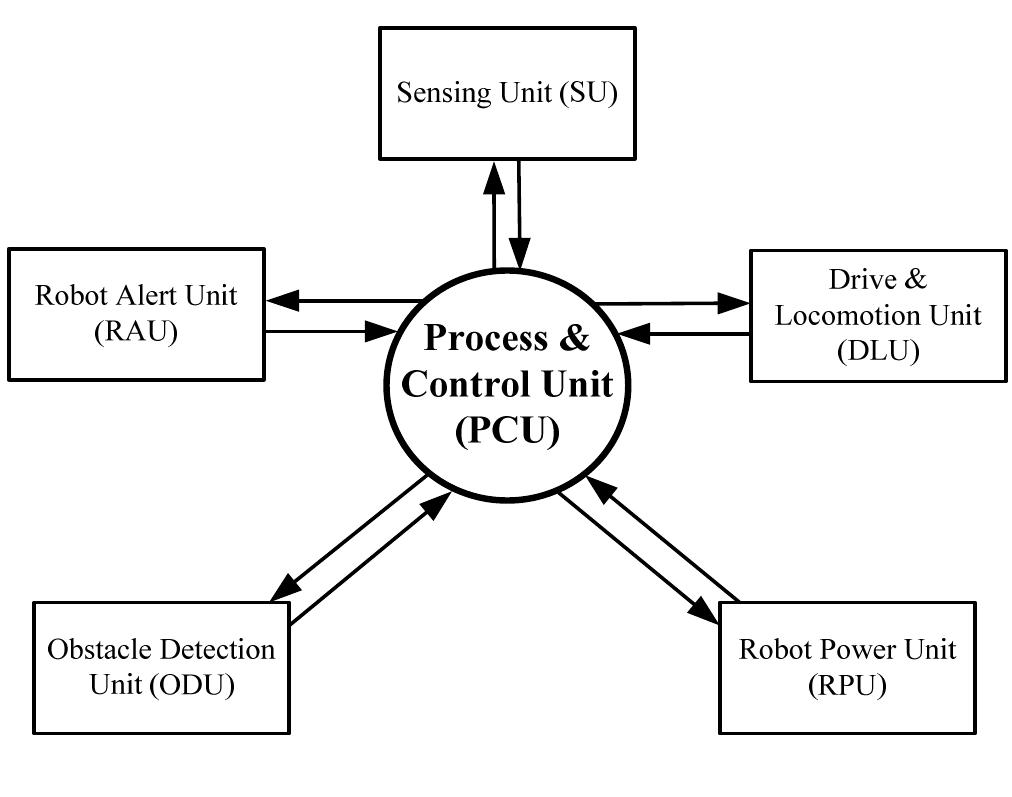Key research themes
1. How can computational intelligence and adaptive methods improve autonomous robot navigation and control in dynamic, uncertain environments?
This theme investigates the use of computational intelligence (CI) approaches, such as neural networks, fuzzy logic, evolutionary algorithms, and learning-based adaptive systems, to address core robotics challenges including localization, path planning, obstacle avoidance, and controller tuning. These methods aim to provide robots with the capability to operate robustly and autonomously in complex, partially unknown, or dynamic environments where traditional algorithmic approaches fail or become inefficient. Understanding and quantifying the adaptability and intelligence of control systems in managing uncertainties is also central to this area.
2. What architectural and integration strategies best enable intelligent behavior in robots for complex perception, planning, and human-robot interaction?
This theme centers on the synthesis of AI and Robotics through architectural frameworks that support robust perception, planning, reasoning, and seamless human-robot communication. It reflects on historical divergences and recent trends towards integrated AI and robotics systems, highlighting middleware, layered control architectures, symbolic and reactive approaches, and natural language understanding as key enablers for robots operating in real-world, domestic, and service environments.
3. How are intelligent systems and robotics transforming service applications and industrial automation through interdisciplinary integration?
This theme investigates how mechatronics, intelligent control methods, and automation are synergistically applied to revolutionize sectors such as healthcare, logistics, manufacturing, and public services. It explores the integration of mechanical, electrical, control, and computational technologies in mechatronic systems and their ethical, safety, and socio-economic implications for service robotics and smart automation.














